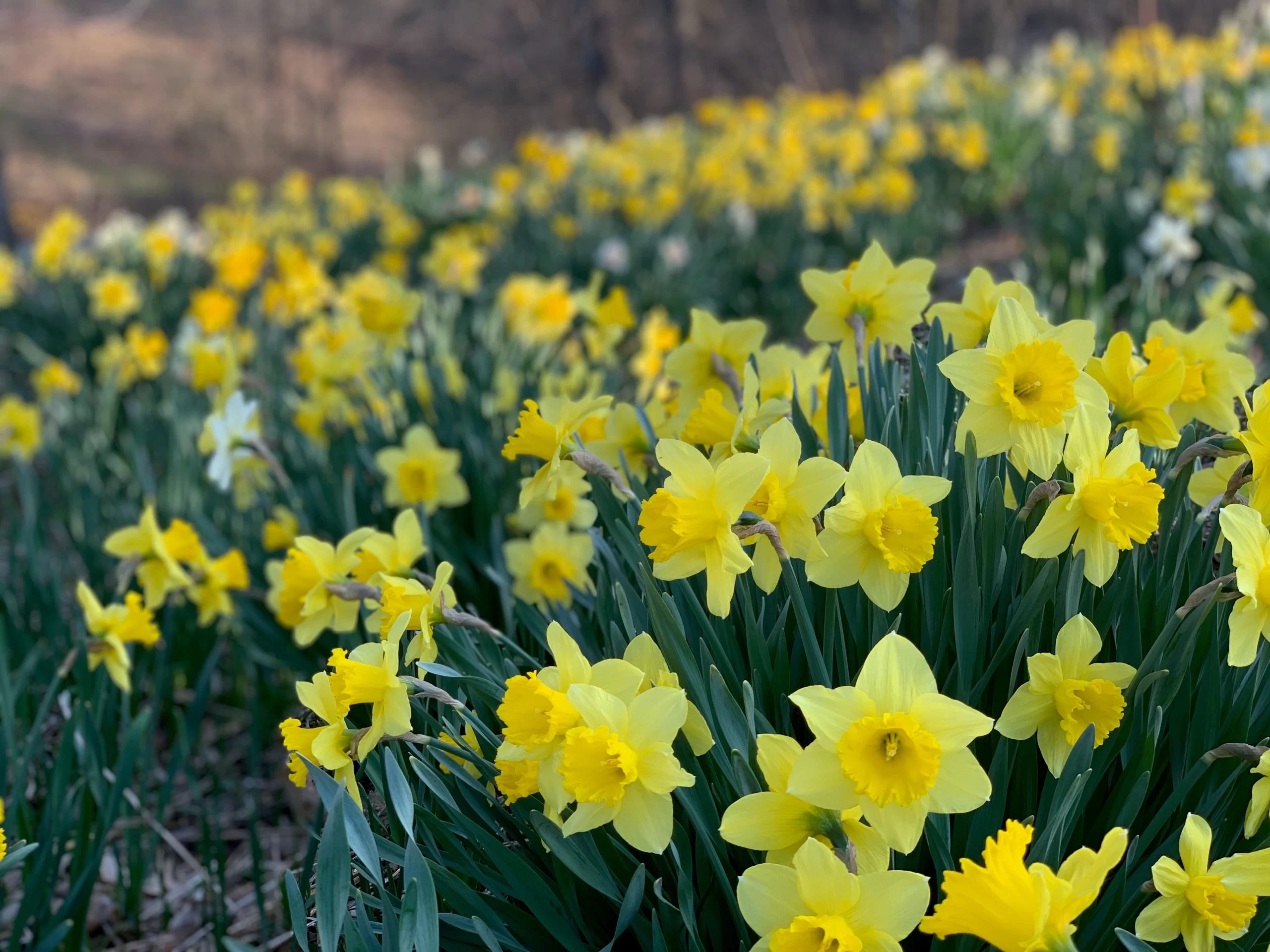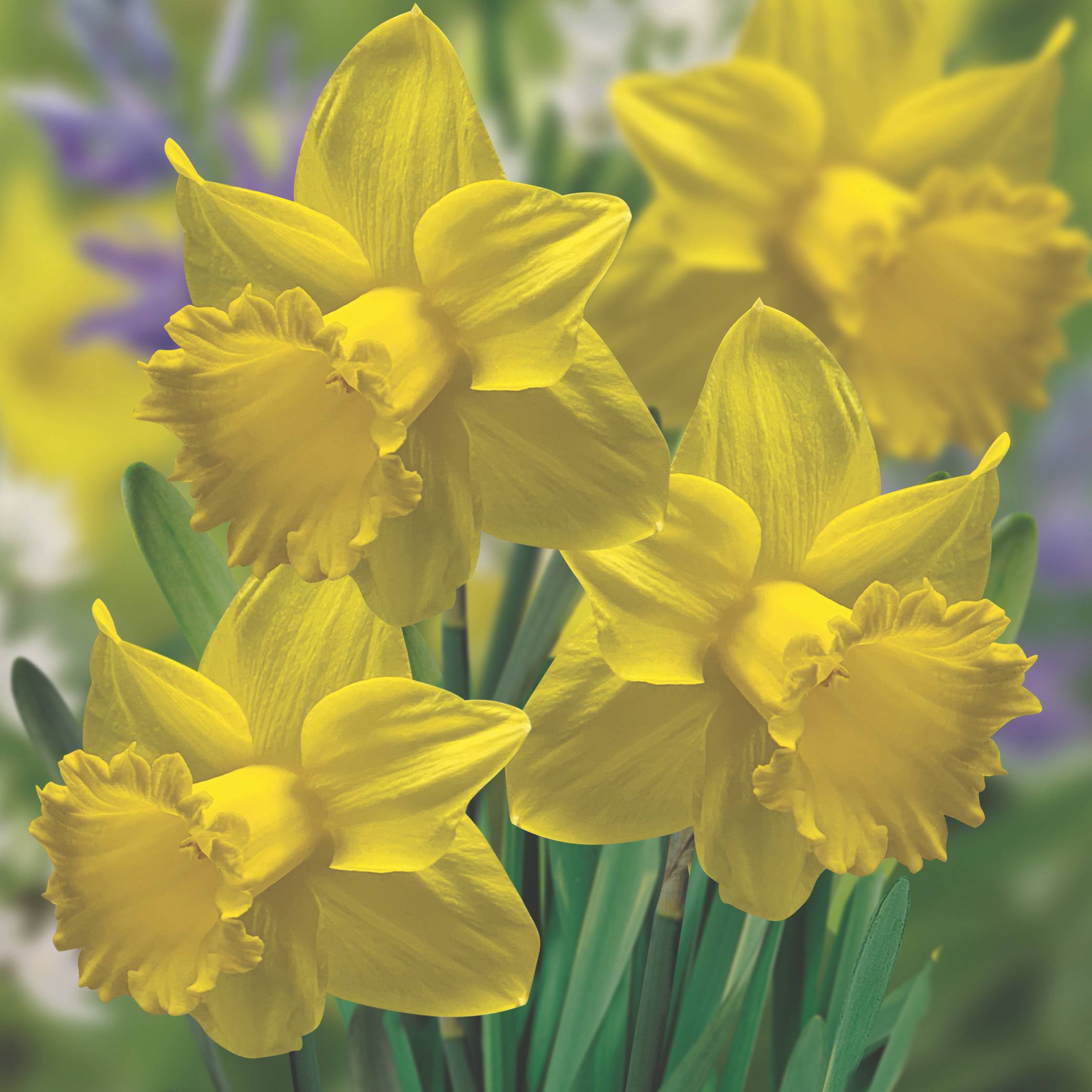
It’s March, and that means daffodil season! This cheerful yellow flower is not only one of the first signs of spring; it’s also March’s birth flower. Daffodils have been around since at least 300 BC, which gives them a lot of fun facts to talk about. Let’s roll up our sleeves and dig in!
The Ancient Greek botanist and philosopher Theophrastus was perhaps the first person to document the daffodil in his nine-volume Enquiry into Plants. He documented many different types of narcissus in these books.
Although daffodils were brought to Britain by the Ancient Romans, it wasn’t until the 1800s that people first started to try to classify all of the narcissus species. “Daffodils” generally refer to the larger trumpet shaped blossoms. Despite this, breeders and other enthusiasts refer to all narcissi as daffodils.
A potato farmer in Scilly was the first person to sell daffodils after finding a wild daffodil on the edge of his farm. He realized that he could use a railway link to transport the flowers in less than 48 hours from the time he picked them.
The area of Varfell, specifically Varfell Farm, is the world’s largest daffodil producer. The UK produces more daffodils than anywhere else in the world, but there is only one daffodil variety that is native to the nation. Daffodils are also a reliable perennial flower, meaning they live and bloom more than two years in a row.
Daffodils represent hope in many cultures, and are symbols of multiple charities because of this. They also represent revival, new beginnings and rebirth because they bloom at the end of winter and beginning of spring.
As the weather grows warmer and more flowers begin to blossom, remember the first flower you see in spring and the hope that grows with it. Happy spring!


